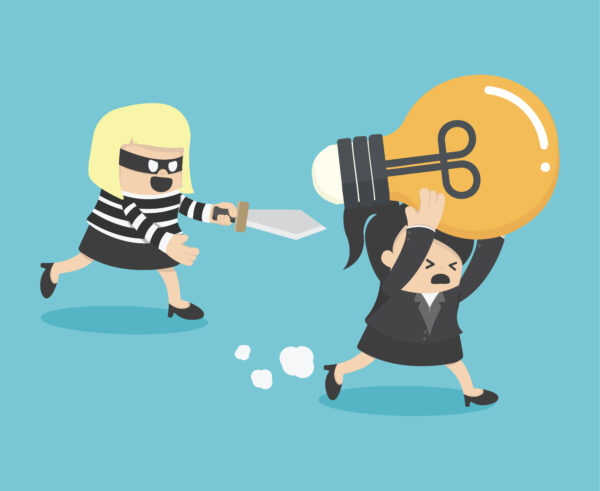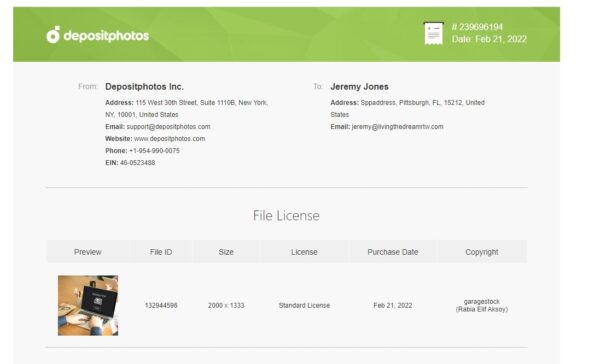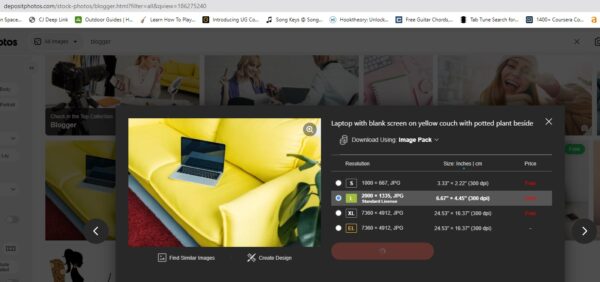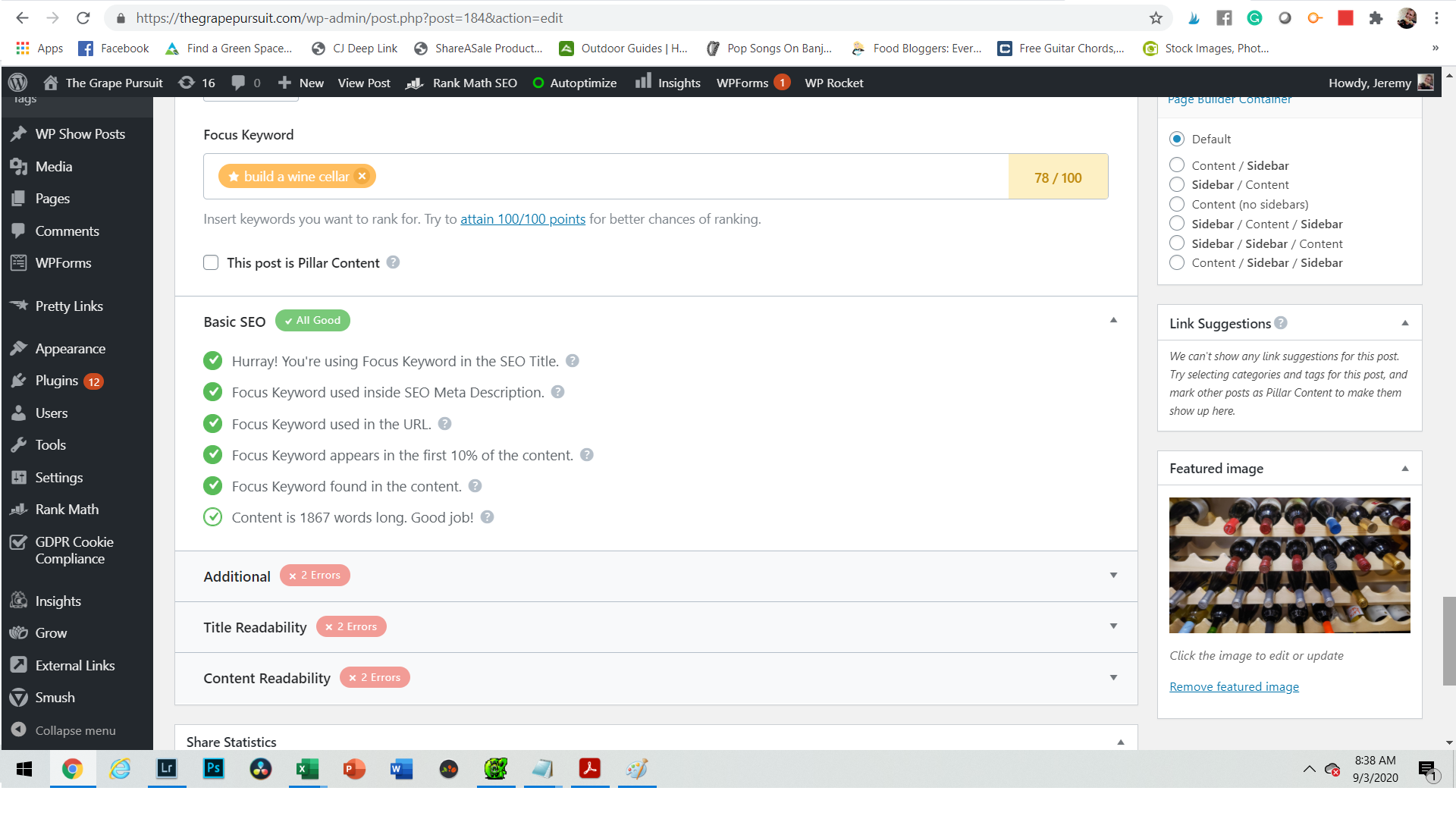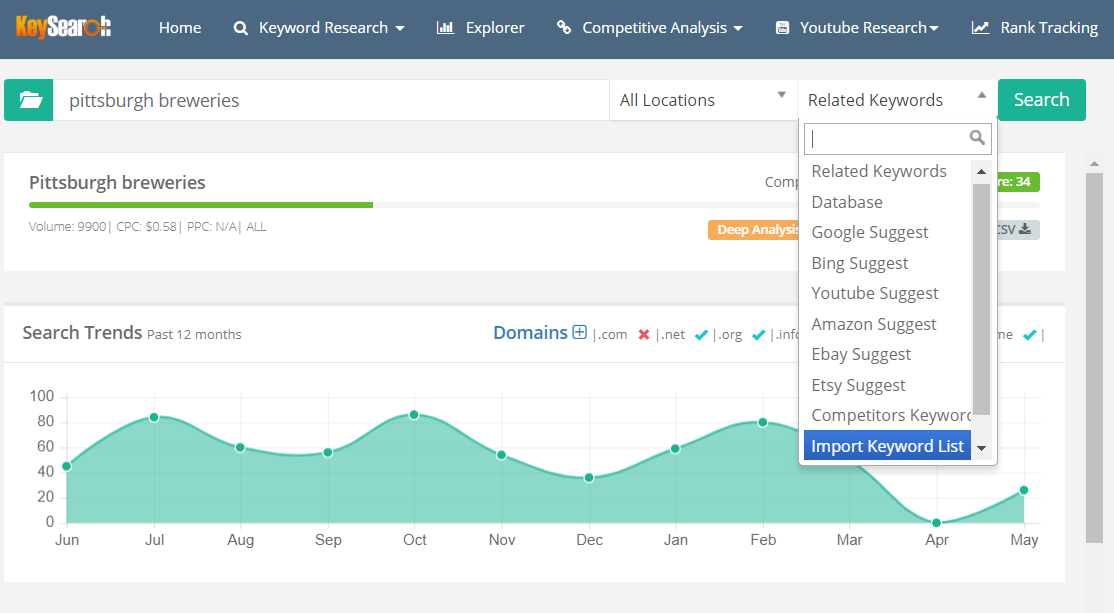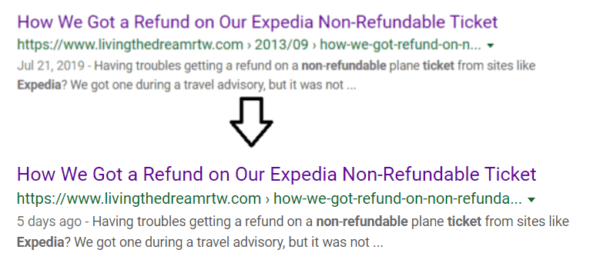Published by Jeremy. Last Updated on February 28, 2022.
Disclaimer: This Week in Blogging uses demographic data, email opt-ins, and affiliate links to operate this site. Please review our Terms and Conditions and Privacy Policy.
If you've spent any amount of time on blogging social media groups, you've likely seen a couple of topics come up time and time again.
The first, and more common post, is “[website] stole my photos without credit!” and the second is “I was just sent an invoice for copyright infringement for a 3rd party photo I used on my blog”.
While you have many avenues for recourse if your own content has been stolen (including invoicing for damages or sending a DMCA notice), if you are the perpetrator of an infringement you may have fewer options at your disposal. Stealing is bad, and we have little more to say on that.
That being said, the advice of “don't steal” only goes so far. To be blunt, many scams exist online to screw over website operators, and if you use 3rd party content in any capacity, there may be scenarios where you can become a victim despite doing everything “right”.
So in this one, we thought we'd talk a bit more about how you can go about using 3rd party content, namely stock images, and keep yourself safe from possible lawsuits later on. While we cannot say these tips are 100% foolproof, especially as we are not lawyers and copyright laws also vary by country, these tips should give you an added layer of protection all the same.
The Flaws of Using 3rd Party Photography on Blogs
There are many problems with using 3rd party content, like images, on our blogs. The two biggest ones are simply that creators can set whatever terms they like for image use, and there are also a lot of questionable sources out there for acquiring images that can come back to bite you later on.
The first point is the easiest to elaborate on. As a copyright holder, I can say whatever my terms are for you to use my images online. If I want a dofollow backlink to my website for you to use my image, I can ask for a dofollow backlink as an exchange. If someone else wants a simple text credit for their name, they can ask for that, too. If another photographer wants $10,000, well, that is their terms, and whoever is inquiring will have to deal with it or find another image to use.
The simple rule of thumb is that the photographer sets their terms, and anyone who wants to use the photos can either agree to their terms or decline. It doesn't matter what system you personally use to credit photos, if the creator doesn't agree to it then you are out of luck.
There are, of course, obvious caveats here if we are talking about uploading to our own sites (which we control) and 3rd parties like social media (which may have some flexibility for shares baked into T&Cs). Once you upload to 3rd parties, like Facebook or Instagram, their T&Cs may take effect for on-site uses. So if you hit the official share button from a page and share a photo on your wall, you're not going to get sued- we all agreed to T&Cs that said share buttons are okay. But if you download the image to your computer, upload it to your server, and cite a Facebook page as credit, you just engaged in copyright infringement unless you had written permission to do so.
Now, there is a weird caveat in US copyright law all about Fair Use, and this is where most people really start to get in trouble.
One of the biggest arguments you'll see for using 3rd party images is online is whether or not it qualifies as Fair Use. Legally this term is very broad and has risky interpretations, but generally, we think it has to do with using a brand's content to promote them directly. If they own the image and you use the image to promote them directly, it could be considered “Fair Use” because the ultimate end effect is the same- it is for the benefit of the owner. You see this a lot of time in news stories where magazines and papers use branded images to illustrate an article.
In many cases, this happens and no one gets sued. But there is a trap in that the brands may not have rights for those photos to begin with either via them stealing the photos themselves or only having limited use rights from the photographer who does own the copyright. Both of these have happened to me again, and again, and again, and this starts to blur the line between Fair Use and copyright infringement.
In one case, I uploaded an image to Instagram and the brand asked if they can repost it on their Instagram with credit. I said yes for a tag to my profile and they posted it with a shoutout. Then, a 3rd party saw the photo on the brand's feed, ignored my tag as the photographer, and then simply used the image thinking it is Fair Use because it is promoting the brand. As this cut me out of the loop, and the original brand did not own my photo, this was copyright infringement and I sent them an invoice. (These scenarios can often cause a cascade of theft as images propagate across the web- think of what happens when a photo is used in a meme but on a lesser scale.)
In other instances, brands have simply taken my images outright because they found them in a Google search (ignoring the copyright notations Google has), uploaded it to their feed, and the 3rd party thought the brand owned the image when they, in fact, did not. This is also an infringement, and I sent both of them an invoice.
As such, even in cases where you think an image may be available under Fair Use, you have to operate under the assumption that it is not. Stolen images are everywhere, and unless you have something in writing you simply are placing yourself at risk. Always ask if a brand is the copyright owner and always get this in writing. But, even when you do, you should also not be surprised that many companies out there know little to nothing about copyright law, and are always at the risk of them saying yes when the answer is actually no.
This is why we always use our own photos whenever possible on our travel sites and only post 3rd party images in select cases where we know without a shadow of a doubt that the company in question knows the requirements for 3rd party image use (such as when we know a business employs a staff photographer who requires credit- generally when we go to theaters that don't allow photography during a performance but offer images from their contract photographer). Anything else is simply far too risky.
Thankfully, there are ways where you can protect yourself online if you need to ethically source images that you don't have in your library- buying stock photos.
When it Comes to Stock Photos, it is Always Best to Pay
We need to start this section by saying that buying is the important word when discussing stock photos.
The reason for this is that many sites exist on the internet to offer free photo usage via Creative Commons license. These have a big risk associated in that photographers may use images that are not theirs or may even engage in a bait and switch where they offer an image “for free” but then later change their terms and decide to pursue infringement of those who do not log their image sources properly.
While you could argue that simply screenshotting your image use may protect you, this practice can only go so far. I once invoiced a major listicle site that everyone would know as they used a photo of mine citing my Flickr account which is (and always had been) under completely prohibited restrictions. Their first reply was “when did the photographer change their terms?”. I used the Wayback Machine and other photos of mine to prove that my account had never been public, but without that information, my photo would've been stolen with no recourse to me.
The listicle site thought I was engaging in a scam, but it really was that they actually had just stolen my image- it works both ways.
In many cases, buying stock photos helps get around this because it creates a (digital) paper trail of ownership. The moment you buy on paid photography services, like Deposit Photos (that we use here at This Week in Blogging), a receipt and license is generated in your account that you will always have available for future reference. While we recommend that you get in the practice of screenshotting your sources to store on your local machine, even if your 3rd party service generates a license, this is much better protection as opposed to simply doing nothing.
Can someone still send you an invoice for using an image you acquired via a paid stock photography site? Sure. We can imagine there is still some risk there as we operate under the assumption that the original creator was the actual owner. But if it were me and someone stole my photo and I found it was being sold on a stock site, I'd probably give the original infringer the benefit of the doubt and then go after the person profiting from it on the stock photo site instead. Naturally, this hasn't happened yet.
Going further, when you buy licenses the photographer gets a bit of cash too. While it isn't much, you can feel good about someone getting the revenue they asked for in the process. Remember, the photographer sets their terms, not the other way around.
That being said, if you don't buy stock photos and do want to engage in a riskier behavior of using photos that have been cleared for Creative Commons usage, always always always take screenshots of where you got each and every file, clearly showing the image in question, the source URL, the username of who uploaded it (if possible), and visible Creative Commons terms to help your case in the event you get sucked into a bait-and-switch scenario (even with using a paid stock service, I still do this as a best practice).
I do not think that you will be 100% protected but it is vastly better than doing nothing. If you are caught without any proof, odds are good you're going to have to pay that invoice which could be anywhere from a few dollars to several thousand.
A Final Backlink Scam Worth Discussing
Finally, it is worth pointing out that scams exist well beyond bait-and-switches to score a quick payday. There are also even backlink scams out there that you should watch out for. While tangential to the topic at large, we really need to point this one out a bit too because it has been running rampant in recent years.
The scam goes something like this: the perpetrator emails you and says you are using an image of theirs without credit. Rather than asking you for payment via invoice or lawsuits, they simply ask for a backlink. We do this sometimes when bloggers steal our images, partly because we don't want to be that big of jerks to those in our community and also because backlinks are what we'd normally ask if someone in a non-commercial space wanted to use an image of ours anyway.
The scam part here is that the image is often not the owners, it is yours. Yes, scammers try and claim that images you host on your site are theirs whether they are or not. In many cases it is easy to tell these folks to go pound sand, but the scam can also sometimes go one step further in that the perpetrator wants to send “proof” in the form of a 3rd party link (bit.ly) or in a downloadable file (via say Dropbox). In many cases, these could be even more nefarious scams to try and get malware installed on your computer and goes well beyond the backlink request mentioned earlier.
We never download any files sent to us via email, including clicking links, so if a link is provided you may want to go about accessing it via a 3rd party service first (like putting the root domain in Google and going from there). In many cases, this also is useful to check and see if others have reported on a scam to begin with because odds are good it is already everywhere.
More or less, if there is not a direct reference to the exact photo (yes, sometimes scammers have said I used a photo without actually saying which one) and a clear indication of where it was originally hosted, it is likely that it falls towards scam territory and should be treated as such. This may not be the case 100% of the time, but it is up there.
Overall, there are many ways bloggers can get screwed when it comes to using 3rd party images online be it through bait-and-switch scams, backlink scams, and straight-up infringement. The only way you can fully protect yourself is by only using photos you took yourself, and when in doubt using a paid stock photography service that creates a traceable license at the time of purchase.
While there may be some risks in this, it is going to be far, far lower than the alternatives- so check out services like Deposit Photos and others if you are needing an image for an article (and please don't steal)!
Join This Week in Blogging Today
Join This Week in Blogging to receive our newsletter with blogging news, expert tips and advice, product reviews, giveaways, and more. New editions each Tuesday!
Can't wait til Tuesday? Check out our Latest Edition here!
Upgrade Your Blog to Improve Performance
Check out more of our favorite blogging products and services we use to run our sites at the previous link!
How to Build a Better Blog
Looking for advice on how to improve your blog? We've got a number of articles around site optimization, SEO, and more that you may find valuable. Check out some of the following!


